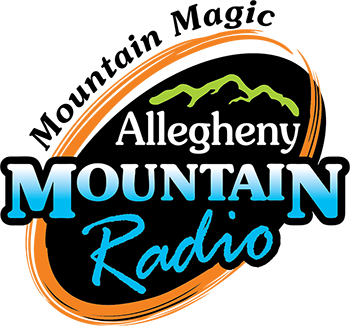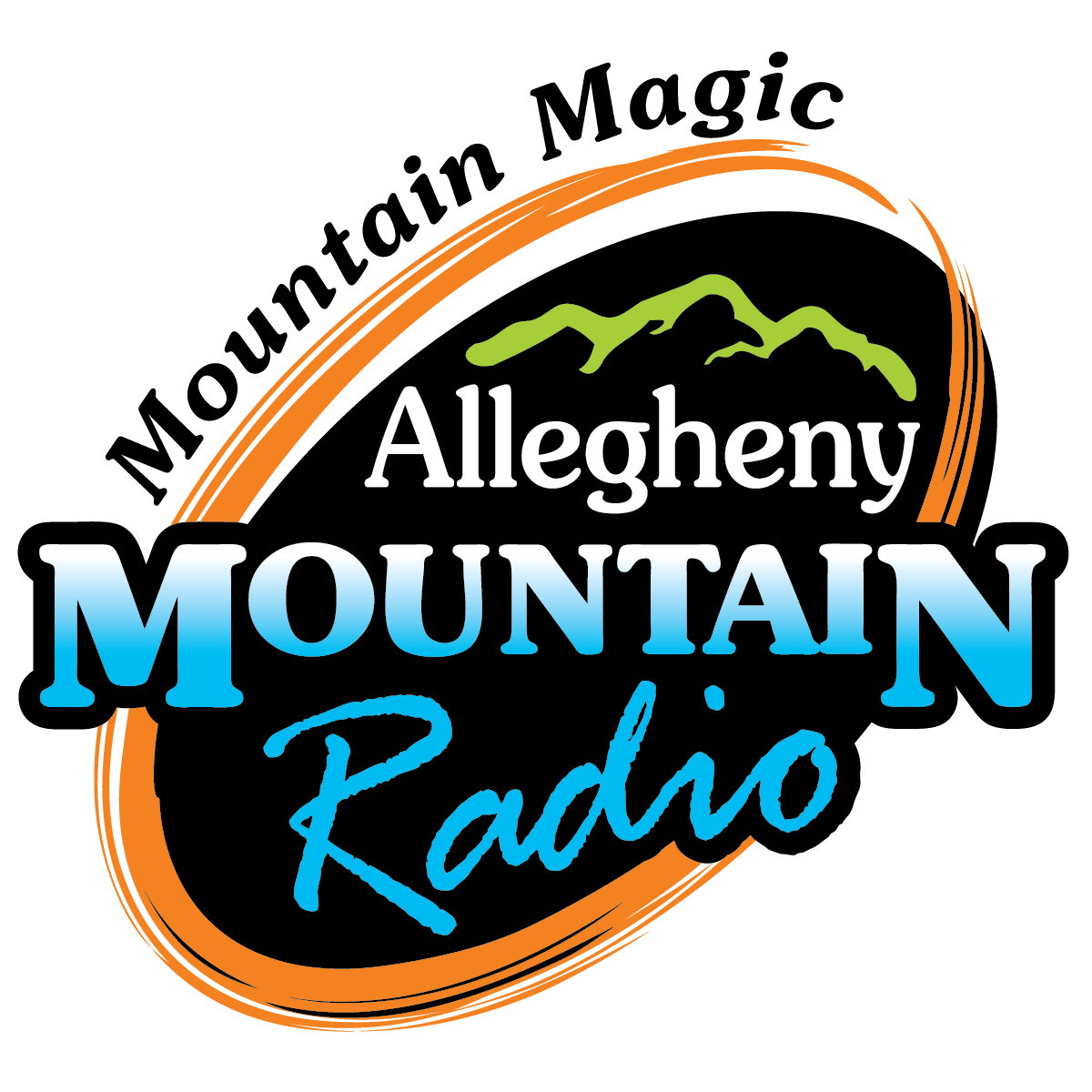National Science Foundation review committee recommends divestiture of NRAO Green Bank telescope
Green Bank,WV – The Green Bank telescope is a state of the art scientific instrument that has become an invaluable tool that brings radio astronomers from around the world to the small northern Pocahontas County community. But apparently that status was not enough to keep it safe from budgetary decisions made by the National Science Foundation portfolio review committee.
According to a report released by the NSF, the committee has recommended that the Green Bank telescope and the Very Long Baseline Array or VLBA be fully divested from NSF’s astronomy division of research facilities in the next five years. The VLBA is comprised of 10 telescopes distributed across over 5300 miles from Hawaii to the US Virgin Islands. Karen O’Neil, NRAO Green Bank site director says they were aware of the review process, but didn’t expect the recommendation concerning the GBT.
“We knew the portfolio review was happening, and we did know that the guidelines handed to the portfolio review committee were very tight in the sense that they were told to find a means of implementing this plan for the astronomy community in the United States call New Worlds, New Horizons,” says O’Neil, “and that they were required to do so within a budgetary restraint where the National Science Foundation’s radio astronomy division’s budget is flat.”
But the New Worlds, New Horizons plan was not based on a flat budget, and calls for the construction of numerous new facilities to be built.
“The portfolio review then had to look into the possibility of trying to build those new facilities underneath a flat budget,” says O’Neil. “When you combine those two facts together, you come to the natural conclusion that the only way to do that is through the closing of existing facilities. So we knew that was the scenario they were working underneath; we did not know that the recommendation would be to divest the Green Bank telescope.”
The GBT is the world’s largest, fully steerable radio telescope and has been in full scientific operation for less than 10 years. A long list of scientific information and discoveries can be attributed either fully or in part to its use over the years. When the Mars Phoenix Lander touched down on the red planet in 2008, Green Bank was the first site to confirm the space craft had arrived safely.
O’Neil says she questions why they only considered the astronomy division’s budget. She says when looking at the larger federal budget for all astronomy and astrophysics, Green Bank comprises far less than one percent of the federal budget for astronomy. She says the primary new facility proposed under the New Worlds, New Horizons plan is an optical telescope to be built in the southern hemisphere, along with some other radio and optical telescopes.
“Now the funds that portfolio review committee had indicated could be freed up through these divestments are only enough funds to begin to begin construction of these telescopes,” she says. “It is not necessarily, depending on how this is done, full funding for those facilities. Additionally, while the National Science Foundation is aiding in the building of these facilities, they will not be located within the United States.”
And that is troubling for Green Bank business manager Mike Holstine as well as O’Neil.
“That’s what’s really concerning to me,” says Holstine, “is almost all of the divestitures are United States facilities and they’re moving offshore.”
“One of the biggest impacts that’s going to be felt by these divestitures is in the educational programs for astronomers and engineers within the US,” says O’Neil, “because the majority of the programs they’re closing include the facilities that they use for our advanced education for technical students.”
O’Neil says the NSF has accepted the recommendations from the committee and will now work on how to implement them. This could mean that Green Bank will have to seek other sources of funding to keep the GBT online. And that could mean the end of the NRAO’s open skies policy that allows anyone in the world to seek access to the telescopes.
“If we move to a scenario where some of all of the funding for the GBT is no longer provided by the NSF, but through other entity or entities, then it may be that the open skies policy will end and only those persons affiliated with the funding entities will be allowed to use the telescope,” says O’Neil.
And while there are other telescopes around the world, not all facilities adhere to the open skies policy used in the US. O’Neil says this is not necessarily a death knell for Green Bank.
“To keep the GBT open it’s certainly going to require a good bit of work both on the part of the staff here, but I believe a very strong show of support for the facility both from the local and statewide communities as well as the national, international astronomical community,” she says. “With that support as well as the potential of the funding opportunities, we believe that the GBT and the Green Bank site can continue well into the future. But is it going to rely on support from all of you; from the community, from the state, and from everybody within our country.”
You can read the response from the NRAO and Associated Universities Inc. to the NSF review at their website, www.nrao.edu.





